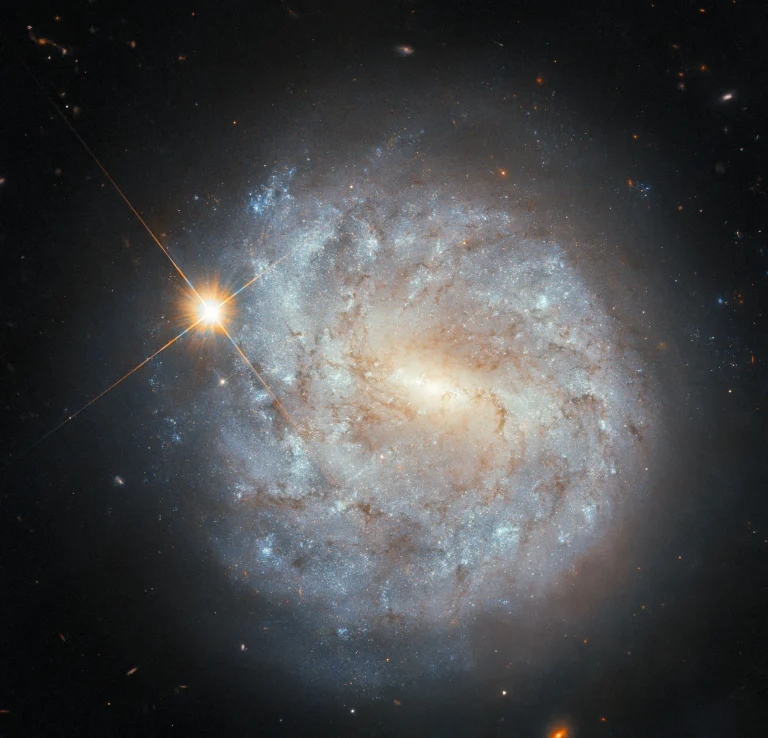NASA Earth Observatory image by Lauren Dauphin, using VIIRS data from NASA EOSDIS LANCE, GIBS/Worldview, and the Suomi National Polar-orbiting Partnership
The Suomi NPP satellite acquired this image of a plume of Saharan dust as winds lofted it over the Atlantic Ocean on Aug. 24, 2024.
The Sahara Desert is Earth’s largest source of airborne dust, and the particles can travel for thousands of miles. From late spring to early fall, it is common for the dry, dusty Saharan Air Layer to carry the particles westward across the Atlantic Ocean high in the atmosphere. Saharan Air Layer activity subsides after mid-August, according to NOAA, making it less likely that the plume shown here is bound for a transoceanic journey. Instead, it arcs to the north after blowing out over the ocean. Earlier in the summer, however, several clouds of fine dust from the Sahara reached the United States, creating hazy skies over Texas.
Read more about Saharan dust and why it’s interesting to scientists.
Text Credit: Lindsey Doermann
Image Credit: NASA/Lauren Dauphin, using VIIRS data from NASA EOSDIS LANCE, GIBS/Worldview, and the Suomi National Polar-orbiting Partnership
NASA地球观测站拍摄,劳伦·多芬(Lauren Dauphin)使用来自NASA EOSDIS LANCE、GIBS/Worldview和索米国家极地轨道伙伴卫星(Suomi National Polar-orbiting Partnership ,简称Suomi NPP或NPP)的VIIRS数据拍摄的图像。
2024年8月24日,Suomi NPP拍摄到了撒哈拉沙尘羽流在大西洋上空被风吹起的图像。
撒哈拉沙漠是地球上最大的空气尘埃来源,尘埃颗粒可以传播数千英里。从晚春到初秋,干燥多尘的撒哈拉空气层通常会在大气层的高处携带这些尘埃颗粒向西穿越大西洋。根据美国国家海洋和大气管理局(NOAA)的数据,撒哈拉空气层的活动在8月中旬之后就会减弱,因此这里显示的羽流不太可能会跨洋飞行。相反,它在吹过海洋后呈弧形向北移动。然而,在夏天早些时候,来自撒哈拉沙漠的几团细尘到达了美国,在德克萨斯州上空造成了雾霾天气。
了解更多有关撒哈拉沙漠沙尘的信息,以及科学家为何对其感兴趣。
文字来源: Lindsey Doermann
影像来源: NASA/Lauren Dauphin, using VIIRS data from NASA EOSDIS LANCE, GIBS/Worldview, and the Suomi National Polar-orbiting Partnership







